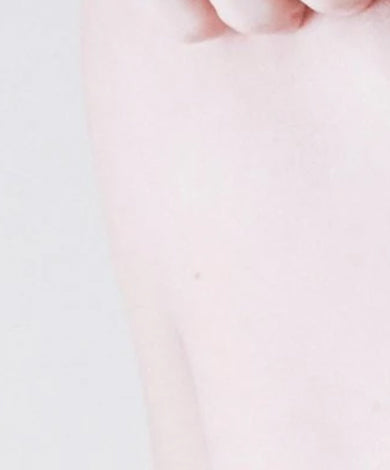Secret Santa Sale – Get Up to 30% Off + Exclusive Pouch & Gloves on min spend of Rs. 1999/-
Free shipping on all orders
Free Trial-Kits on all orders
₹ 0
₹ 0
₹ 0
Secret Santa Sale – Get Up to 30% Off + Exclusive Pouch & Gloves on min spend of Rs. 1999/-
Free shipping on all orders
Free Trial-Kits on all orders


UNDERSTAND MY SKIN
The first sign of dry to very dry skin is discomfort on the face and body, especially after a bath or shower. Discomfort can include tightness, stiffness, scales, “snake skin” and more. This poorly-nourished skin no longer fulfils its barrier role. While dryness is a characteristic of a certain skin type, it can easily be confused with dehydrated skin, which is usually a temporary condition.

Dry skin is first defined by feelings. People feel that their skin is dry because they consider it is uncomfortable, tight and possibly rough and think the application of an appropriate product will provide relief. These symptoms can sometimes be accompanied by itching and burning sensations. A doctor, however, will decide that skin is dry (the term xerosis is also used) based on objective criteria: a dull appearance, specific clinical epidermal signs of desquamation, cracking, sometimes inflammation and loss of elasticity. Irregularities on the skin’s surface are even more significant with dry skin. Dry skin provides a favourable environment for eczema to develop, especially particularly in the form of pityriasis alba (dry patches). They generally appear on the cheeks and arms of children with systemic dry skin (that occurs as part of atopic dermatitis). Within the range of dry skin, there are various stages :



Healthy skin is naturally protected on its surface by the hydrolipidic film, composed mainly of water and lipids (sebum).
It is impermeable, protects the skin from external stress and reduces water loss. When the upper layer of the epidermis does not have a good balance of water and lipids, it can no longer effectively fulfil its barrier function and becomes uncomfortable to varying degrees, as explained above.
In contrast to dehydrated skin, dry or very dry skin is a chronic condition generally caused by a genetic disorder.
It is a type of skin, like oily skin, combination skin, etc.
In addition to innate or systemic dryness, there are also dry skin conditions triggered by other factors :





designates a particular skin type. It is a permanent condition characterised by tightness over the entire face and body caused by an abnormality in the skin barrier.
The skin is fine, has a close texture and redness, and lacks water and lipids.

can affect people of all skin types at one time or another during their lives. This is a reversible, temporary phenomenon characterised by localised, occasional tightness due to poor binding and water loss. The skin lacks moisture, making it uncomfortable and sometimes scaly. Learn more about dehydrated skin here.

Some people are born with dry skin; it is part of their genetic heritage. It is also important to understand that the skin changes with age. It is drier in children (except in newborns; however, water loss is more significant at that age), becomes oilier in adolescence and then becomes dry again in adulthood (the sebaceous glands and sweat glands become less functional).
Natural skin aging causes the epidermis to become thinner (because its cell renewal rate diminishes) and the horny layer to become thicker.
If you have lasting discomfort, contact your dermatologist who will be able to diagnose whether you have dry skin or dehydrated skin.
If skin suddenly becomes dry, the triggering factor should be explored:
If there is a responsible factor, it should be corrected insofar as possible.

In addition to the discomfort it causes, dry skin allows irritating and allergenic agents to penetrate the skin. It also promotes the appearance or persistence of certain conditions (eczema, psoriasis).
This is why it needs to be rehydrated.

Once or twice a day, wash your face with a mild cleanser that will not damage the skin barrier.
To dry, gently dab skin without rubbing.

Each morning and evening after washing, gently apply a moisturising and emollient treatment to relieve pulling sensations and protect your skin from external stress. Remember to nourish the skin on your face and body with suitable products.






